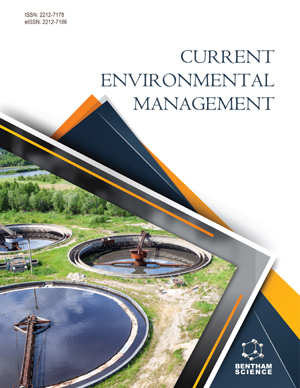Abstract
Objective: The objective of this study was to assess the outcome of fine grid modeling on top of a courser grid to predict the NO2 concentration more accurately in an airshed and at sensitive receptors.
Methods: This study assessed the cumulative NO2 impact of all major emission sources in an airshed using USEPA regulatory model AERMOD. A 50 km by 50 km airshed is considered in the study. Micro-environmental pollution was modeled using a refined grid analysis. An area (4 km x 4 km) close to GTPS, with receptors at every 150 m apart and a further fine grid (500 m x 500 m) with receptors at every 50 m apart, was modeled.
Results: Coarse grid modeling showed annual average NO2 concentration levels within applicable standards. However, when fine grid modeling was conducted, the predicted annual average NO2 concentration levels were found to exceed World Bank Guidelines and Bangladesh Standards. A source contribution analysis showed that a quick rental power plant (natural gas generators) without proper stacks contributed a significant portion of the maximum 1-hr and annual average NO2 concentration (76% and 86%, respectively).
Conclusion: The findings of fine grid modeling can be used at the policy level of the government to enforce environmental regulations on the minimum height requirements of stacks and city planning, avoiding downwind directions and the close proximity of powerplants to safeguard human health.
Keywords: Air quality, dispersion modeling, fine-grid, nitrogen oxides, human health, Bangladesh.
Graphical Abstract
[http://dx.doi.org/10.1016/j.egypro.2017.03.193]
[http://dx.doi.org/10.1061/(ASCE)0733-9372(2000)126:12(1116)]
[http://dx.doi.org/10.1177/074823379000600204] [PMID: 2192479]
[http://dx.doi.org/10.1186/1476-072X-6-19] [PMID: 17547740]
[http://dx.doi.org/10.1016/j.atmosenv.2004.02.045]
 9
9 1
1


